News Beat
News Beat reporting is an idrw.org initiative to let our Readers to report News Based on Actual facts but some how has not been reported in Main Stream Media .
SOURCE: RAUNAK KUNDE / NEWS BEAT / IDRW.ORG
)

India’s indigenously developed Zorawar Light Tank is gearing up for a series of stringent trials to assess its capabilities in diverse terrains and combat scenarios. The tank, currently housed at L&T’s Hazira facility, will initially be transported to the Combat Vehicles Research & Development Establishment (CVRDE) in Avadi for comprehensive testing of its primary 105mm gun.
Subsequently, the Zorawar will be moved to Chandigarh for onward transportation to the Mahe Field Firing Range (MFFR) at Nyoma, strategically located near the India-China Line of Actual Control. This location will serve as the proving ground for the tank’s performance in high-altitude, challenging conditions during the upcoming winter trials.
Continue readingSOURCE: RAUNAK KUNDE / NEWS BEAT / IDRW.ORG
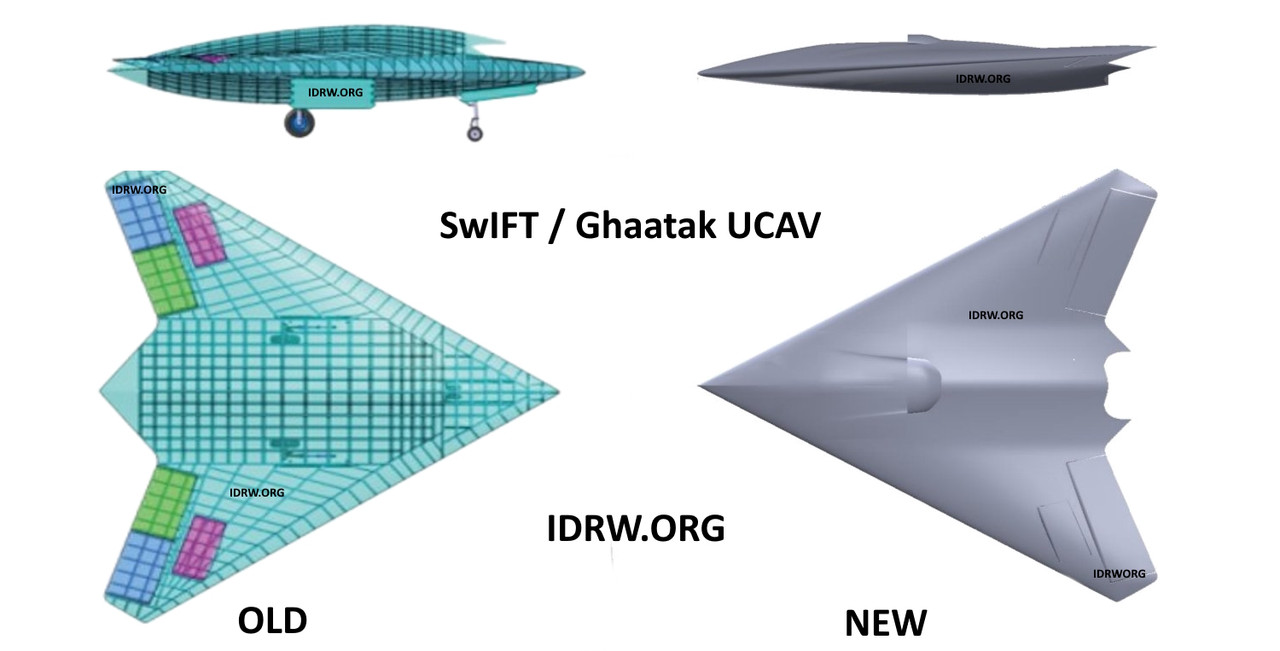

DRDO’s Stealth Wing Flying Testbed (SWiFT) is undergoing a significant redesign as India pushes the boundaries of unmanned aerial vehicle (UAV) technology. The latest iteration of the SWiFT, a crucial stepping stone to the larger Ghatak UCAV, features a dramatic departure from its predecessor. The most noticeable changes are in the aircraft’s rear exhaust and air intake systems.
The latest iteration of SWiFT showcases dramatic changes in its aerodynamic profile. The most prominent alterations are in the exhaust and inlet designs. The earlier rounded and hooded rear exhaust has been replaced with a radical new design, expected to enhance stealth characteristics. Similarly, the tridiagonal engine inlet has been transformed into a U-shaped intake, repositioned towards the middle of the fuselage.
Continue readingSOURCE: RAUNAK KUNDE / NEWS BEAT / IDRW.ORG
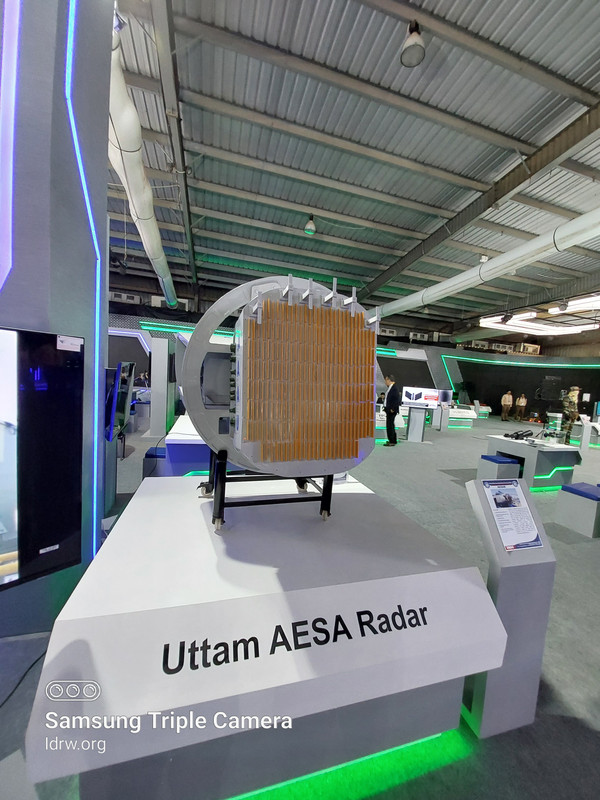

The Indian Defence Research and Development Organisation (DRDO) has initiated a critical process to identify a production partner for the next-generation Virupaksha radar. This cutting-edge system is set to revolutionize the capabilities of India’s Sukhoi-30MKI fighter jets, replacing the currently used Russian-made NIIP N011M Bars (Panther) radar.
The Virupaksha radar represents a significant leap in indigenous defence technology. It builds upon the success of the Uttam Mk2 AESA Fire Control Radar (FCR) developed for the Tejas MkII program. This upscaled variant boasts a larger AESA antenna with an increased number of transmit-receive modules (T/R Modules) – estimated to be between 1200 and 1400, compared to the Uttam Mk2’s 900+. This translates to enhanced capabilities in simultaneously searching, detecting, tracking, and engaging multiple air and surface targets.
Continue readingSOURCE: RAUNAK KUNDE / NEWS BEAT / IDRW.ORG


The Indian Navy is on the cusp of a technological leap with its ambitious plans to integrate uncrewed underwater vehicles (UUVs) into its submarine fleet. These autonomous underwater drones, capable of launching from and recovering via torpedo tubes, will significantly enhance the Navy’s underwater capabilities.
In a parallel development, the Defence Research and Development Organisation (DRDO) has embarked on an equally groundbreaking project – the development of an underwater-launched unmanned aerial vehicle (ULUAV). This novel concept, in collaboration with a Pune-based defence startup, aims to create a drone that can be deployed from a submarine to conduct aerial missions.
Continue readingSOURCE: RAUNAK KUNDE / NEWS BEAT / IDRW.ORG


The Indian Navy is keenly interested in Boeing’s newly developed Multi-Mission Pod (MMP) for its P-8 Poseidon anti-submarine aircraft. This modular system is designed to accommodate a variety of sensors and mission systems, offering unprecedented flexibility and customization for operators.
As per information provided to idrw.org, Boeing and the Indian Navy are working now to identify sensors that they would like to include in the Multi-Mission Pod (MMP) for India’s P-8 fleet that might consist of Indian-made sensors.
Continue readingSOURCE: RAUNAK KUNDE / NEWS BEAT / IDRW.ORG


The Indian Army is on the cusp of significantly bolstering its artillery firepower with the acquisition of an additional 100 K-9 Vajra self-propelled howitzers (SPH). This move comes as a natural progression from the successful induction of the first batch of 100 units, which have already proven their mettle in the challenging desert terrain.
However, the evolving geopolitical landscape, particularly the ongoing conflict in Ukraine, has prompted the Army to reassess its artillery requirements. The increasing emphasis on mobility and survivability on the modern battlefield has led to a potential surge in demand for self-propelled artillery systems. Consequently, the Army is now contemplating an even more ambitious target of procuring up to 400 K-9 Vajra SPHs, necessitating an additional order of 200 units.
Continue readingSOURCE: RAUNAK KUNDE / NEWS BEAT / IDRW.ORG
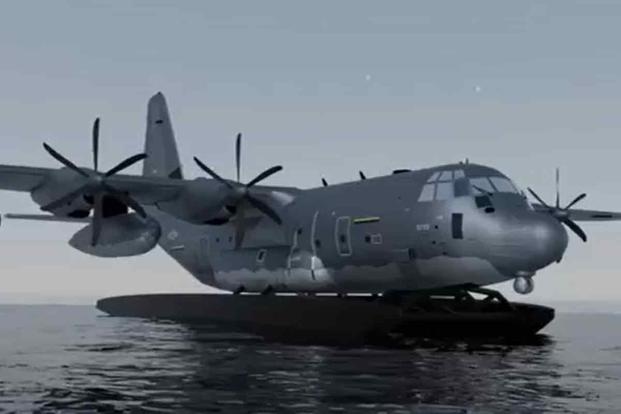

The Indian Navy is set to reignite its pursuit of amphibious aircraft to bolster its capabilities in the Andaman and Nicobar Command and enhance disaster relief efforts. The naval force plans to reissue a Request for Information (RFI) seeking suitable aircraft for these roles.
The Navy had previously issued an RFI in 2011, which garnered interest from Russia and Japan. ShinMaywa Industries Ltd. from Japan offered its US-2 amphibious aircraft, a prospect that initially excited the Indian Navy due to the potential for technology transfer and local manufacturing.
Continue readingSOURCE: RAUNAK KUNDE / NEWS BEAT / IDRW.ORG
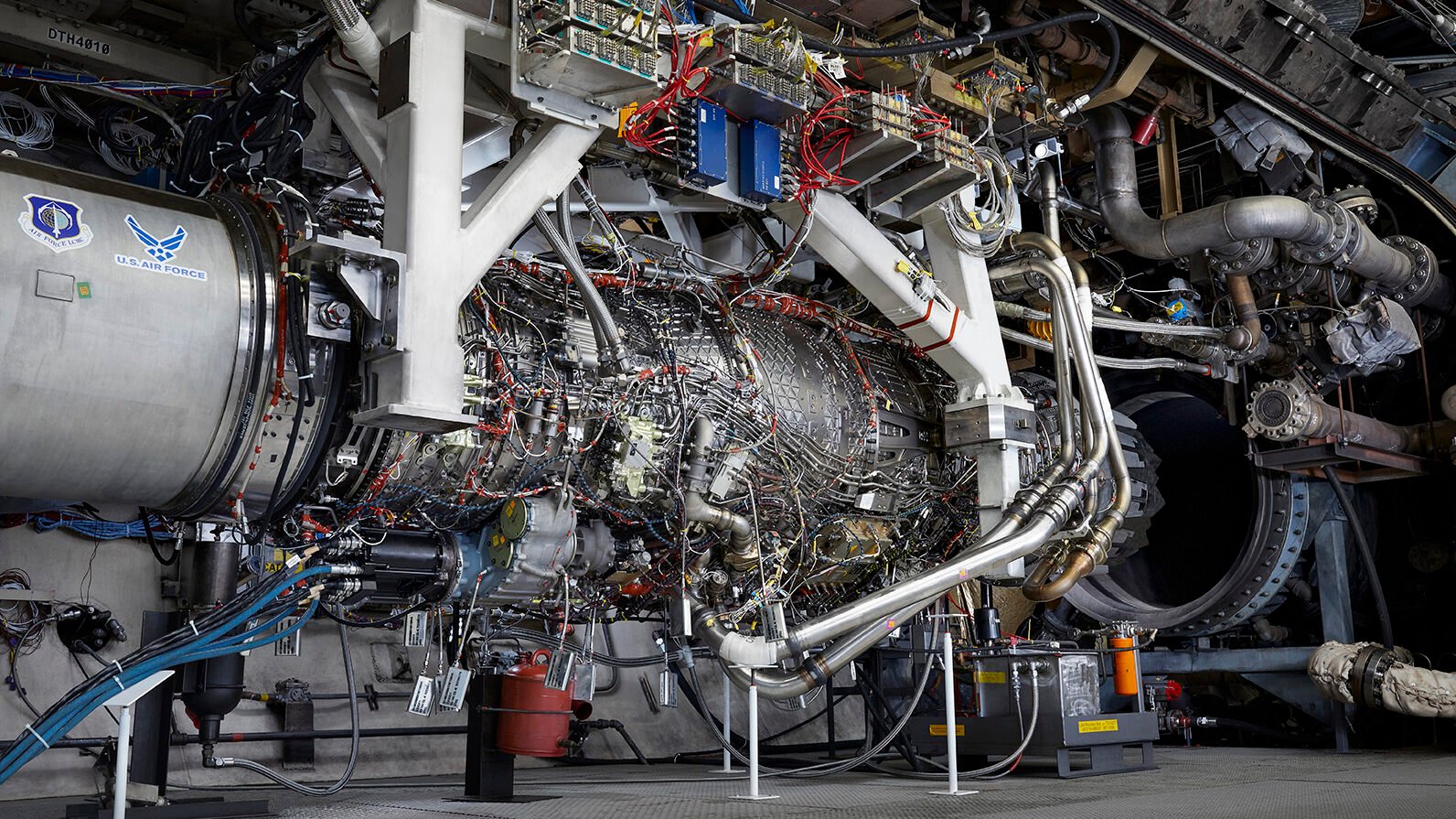

The Indian Air Force’s modernization plans have hit a significant roadblock with GE Aerospace’s inability to meet its engine delivery commitments for the Tejas Mk1A fighter jet. The US engine giant is currently running a substantial 10-month delay, casting a long shadow over the indigenous fighter program.
While GE attributes the setbacks to global supply chain disruptions, particularly in procuring critical materials like titanium, industry sources point to idrw.org it deeper-rooted issues within the company. The aviation sector, in which GE is a major player, was severely impacted by the COVID-19 pandemic, leading to mass layoffs, including a 10% cut in its US workforce.
Continue readingSOURCE: RAUNAK KUNDE / NEWS BEAT / IDRW.ORG
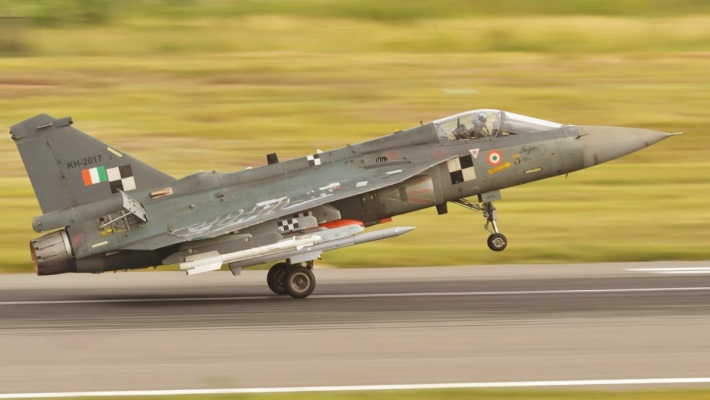)

Despite growing concerns over potential delays in the supply of F-404 engines from GE Aerospace for the Tejas Mk1A program, Hindustan Aeronautics Limited (HAL) has categorically ruled out any plans to replace the engine.
HAL officials, speaking on the condition of anonymity, emphasized that a change of engine would necessitate extensive modifications to the aircraft’s rear fuselage and internal fuel system. This, they warned, could potentially delay the program by over four years. Moreover, any new engine would require rigorous re-validation before production could resume.
Continue readingSOURCE: RAUNAK KUNDE / NEWS BEAT / IDRW.ORG


BEML, a frontrunner in the race to supply 170 tracked Armoured Recovery Vehicles (ARVs) to the Indian Army, is facing potential hurdles due to ongoing challenges with engine supply for its Arjun tank platform.
The Army issued a Request for Information (RFI) last year seeking ARVs capable of operating in diverse terrains, including plains, deserts, mountains, and high altitudes. BEML had initially positioned its ARRV, based on the Arjun tank chassis, as a strong contender. However, the company’s reliance on MTU engines for the Arjun Mk1A Main Battle Tank (MBT) has cast a shadow over its ARRV bid.
Continue readingSOURCE: RAUNAK KUNDE / NEWS BEAT / IDRW.ORG
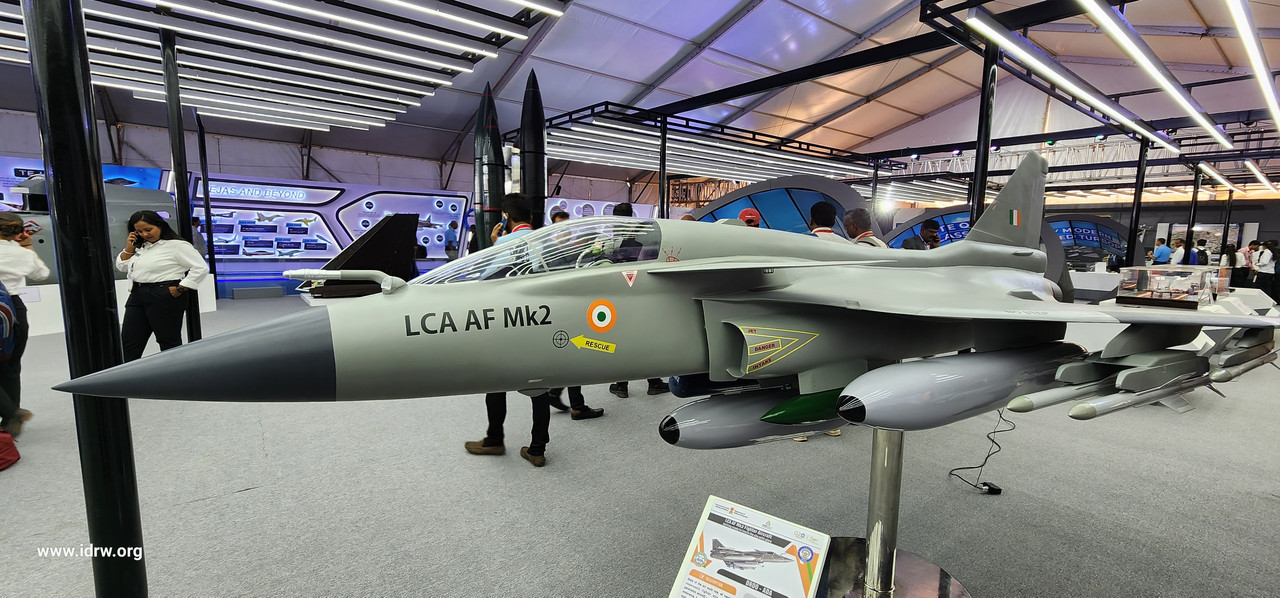

Hindustan Aeronautics Limited (HAL) is set to collaborate closely with the Aeronautical Development Agency (ADA) to enhance the adaptability of the Tejas MkII fighter aircraft. The key focus of this partnership is to optimize the aircraft’s air intake to accommodate potential engine changes in the future.
Currently designed for the F-414 engine, the Tejas MkII’s air intake will benefit immensely from the wind tunnel testing data provided by ADA. This data will be crucial for HAL to conduct in-depth studies on the impact of different engine configurations on the air intake system.
Continue readingSOURCE: RAUNAK KUNDE / NEWS BEAT / IDRW.ORG


India is making significant strides in developing indigenous aerospace technology, with the Uttam Mk2 AESA radar emerging as a cornerstone of its fighter jet programs. Initially designed for the Tejas MkII, this cutting-edge radar is now poised to equip a broader spectrum of Indian fighter aircraft.
The Uttam Mk2, boasting over 950 T/R modules and employing advanced GaN technology, represents a leap forward in radar capabilities. This AESA radar offers superior detection, tracking, and target engagement capabilities, providing pilots with a decisive advantage in modern aerial combat.
Continue readingSOURCE: RAUNAK KUNDE / NEWS BEAT / IDRW.ORG
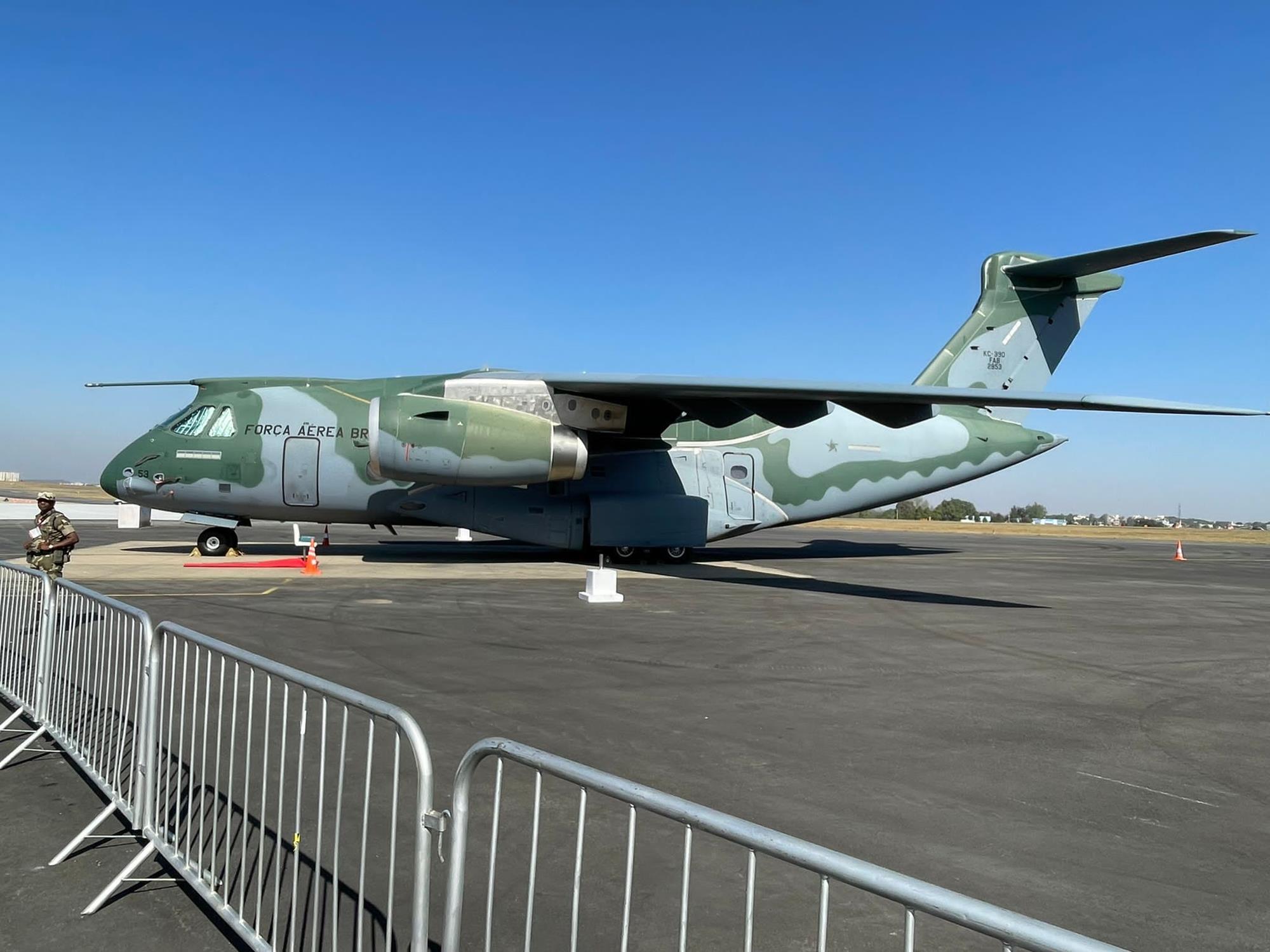

Brazilian aerospace giant Embraer is optimistic about India’s upcoming Medium Transport Aircraft (MTA) program, which aims to replace the ageing Soviet-era Antonov An-32 fleet. Bosca da Costa Jr., head of Embraer’s defence and security division, expressed confidence that the Indian government will finalize its choice for the MTA within the next two to four years.
To enhance its prospects in this lucrative market, Embraer has forged a strategic partnership with Mahindra Aerospace. The collaboration aligns with the Indian government’s ‘Make in India’ initiative, a key criterion for the MTA program.
Continue readingSOURCE: RAUNAK KUNDE / NEWS BEAT / IDRW.ORG
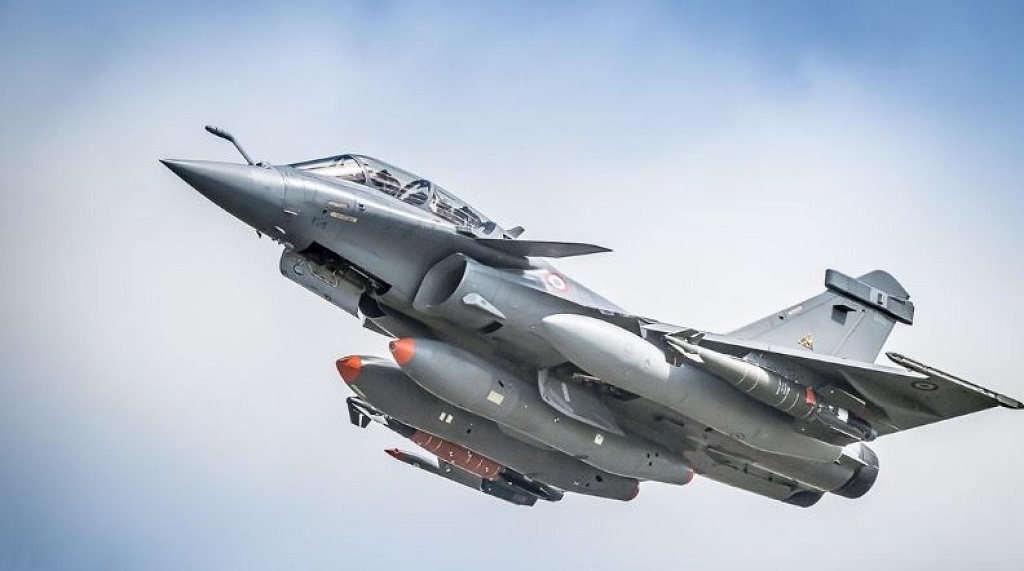

The Indian Air Force (IAF) is gearing up to issue a Request for Proposal (RFP) for its Medium Range Fighter Aircraft (MRFA) program later this year. This significant procurement, aimed at acquiring 114 indigenously manufactured jets with technology transfer, is expected to reshape the IAF’s combat capabilities.
Dassault Aviation, the manufacturer of the Rafale fighter, has already delivered 36 aircraft to India, incorporating India-specific enhancements in the F4 standard over the baseline F3R configuration. The French aerospace giant will now be offering a hybrid variant of the F4 standard for the MRFA program, incorporating certain features from the upcoming F5 standard, slated for the French Air Force in 2030.
Continue readingSOURCE: RAUNAK KUNDE / NEWS BEAT / IDRW.ORG
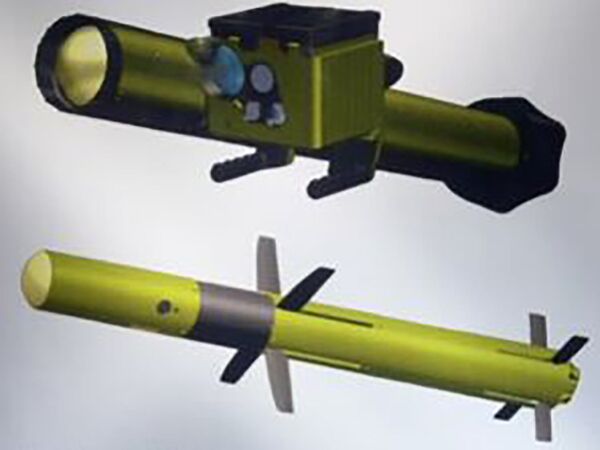

The Indian defence industry is witnessing a surge in anti-tank guided missile (ATGM) development, with multiple players vying for a slice of the lucrative market. VEM Technologies has emerged as a prominent contender with its indigenously developed AsiBal ATGM.
AsiBal is a third-generation, fire-and-forget missile equipped with a tandem high-explosive anti-tank (HEAT) warhead capable of penetrating up to 850mm of armour. Weighing a total of 18.5 kg, the system boasts a compact design, making it highly portable for infantry soldiers. The missile has successfully cleared Army trials, and VEM Technologies is now awaiting an order.
Continue reading